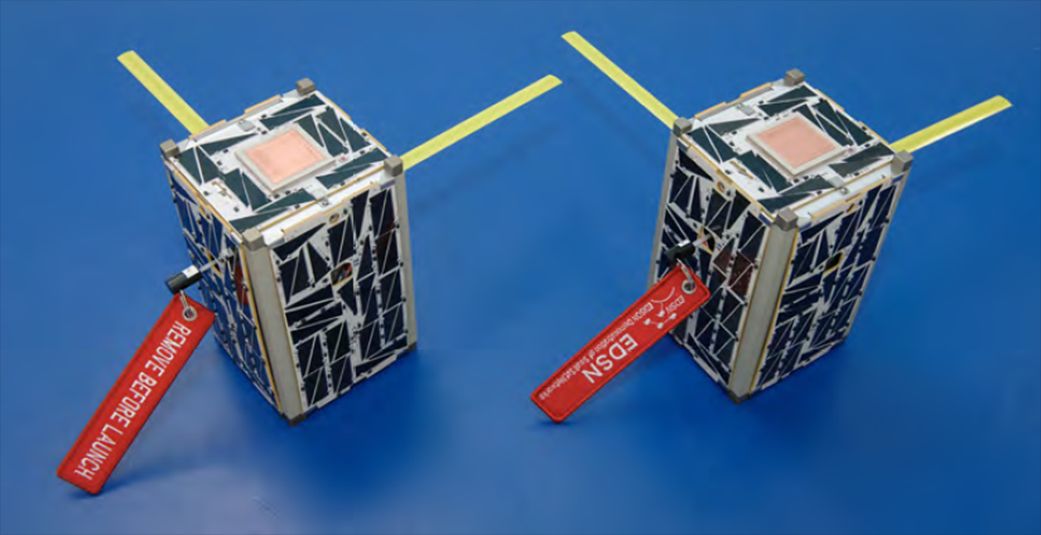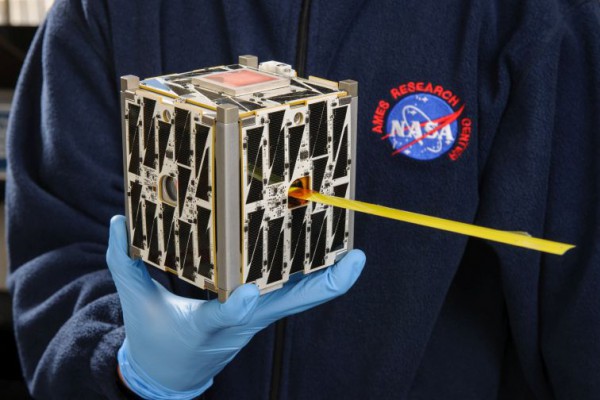
Earlier this week NASA opened the latest round of its CubeSat Launch Initiative, which provides opportunities for tiny nanosatellites, called CubeSats, that are designed and built by students from universities and other research institutions in the U.S. to fly as auxiliary payloads on future rocket launches scheduled by the space agency in the next couple years.
CubeSats have been all the rage in the space industry in recent years, with more than 350 such nanosatellites having been launched into space to date by dozens of private and government entities around the world, ever since the CubeSat design was first introduced in 1999. As their name implies, CubeSats are cube-shaped nanosatellites which in their basic form factor have a standardized side length of 10 cm (also known as “one unit” CubeSats, or 1U), while weighting no more than 1.33 kg. The ability of the CubeSat design to be scalable to larger versions, like 2U, 3U, or larger, has revolutionised the way with which small payloads can be launched into space for a host of scientific, defense, technology demonstration, and commercial purposes, for only a tiny fraction of the cost associated with launching traditional, large satellites. Even though all CubeSats launched to date have been placed in low-Earth orbits, their concept has greatly matured to the point that they are now considered as viable alternatives for deep-space applications as well. Such examples include the two small CubeSats that will get a ride to Mars alongside NASA’s InSight lander in 2016, as well as a total of 11 CubeSats that will ride onboard the Moon-bound maiden flight of the agency’s Space Launch System heavy-lift rocket later this decade.

NASA has also been a leading player in the growing field of CubeSat applications, with the space agency actively engaging students and teachers from schools and universities throughout the U.S. in the design, development, and operation of nanosatellites for scientific research and technology demonstration purposes since 2010, with its CubeSat Launch Initiative. Through the latter, 37 such nanosatellites that were designed and built by students across 30 different states have been launched into space to date, with a total of 105 CubeSats having already been selected for launch through 2019. As part of its 2014 Strategic Plan, NASA aims to engage the rest of the 20 U.S. states in the CubeSat Launch Initiative, with the goal of having each state launch at least one CubeSat satellite within the next five years. To that end, the space agency opened the latest round of CubeSat launch opportunities earlier this week, inviting all interested participants to submit their proposals electronically until Nov. 24, 2015. The final proposals, which will be selected on Feb. 19, 2016, will have an opportunity to launch on the agency’s future scheduled launches, or be deployed from the International Space Station after being delivered to the orbiting outpost by commercial launch operators.
One aspect that currently governs the rate of CubeSat launches is the limited payload slot availability that exists either on NASA-sponsored or other commercial launches worldwide. For this reason, NASA has issued a Request for Proposal earlier this summer, calling for the creation of a new Venture Class Launch Services, or VCLS, that will be solely dedicated to the launch of nanosatellites. As part of its request, the space agency plans to award one or more fixed-price contracts to commercial companies for developing a series of small-class launch vehicles that would be capable to loft either 60 kg of CubeSats in one launch or 30 kg in two launches. This way, it is hoped that the rate of CubeSat launches could be increased significantly, with NASA expecting the first such CubeSat-dedicated VCLS launch to occur no later than April 2018.
“This will start to open up viable commercial opportunities,” says Mark Wiese, chief of the flight projects office for NASA’s Launch Services Program at the Kennedy Space Center in Florida, which oversees the agency’s launch operations and overall manifest. “We hope to be one of the first customers for these companies, and once we get going, the regular launches will drive the costs down for everyone. As we drive costs down, that frees up more money for science. We see this emerging capability to launch CubeSats as something the world is going to need.”
With NASA having already 16 scheduled CubeSat launches in its manifest for the next 12 months—let alone the many dozens of such nanosatellites now being launched by universities, non-profits, research institutions, and private companies on a regular basis each year—the CubeSat industry is only poised to grow further, heralding a bright future ahead. And, as is most often the case in the space sector, NASA will have played a defining role in bringing that future to fruition.
Want to keep up-to-date with all things space? Be sure to “Like” AmericaSpace on Facebook and follow us on Twitter: @AmericaSpace



